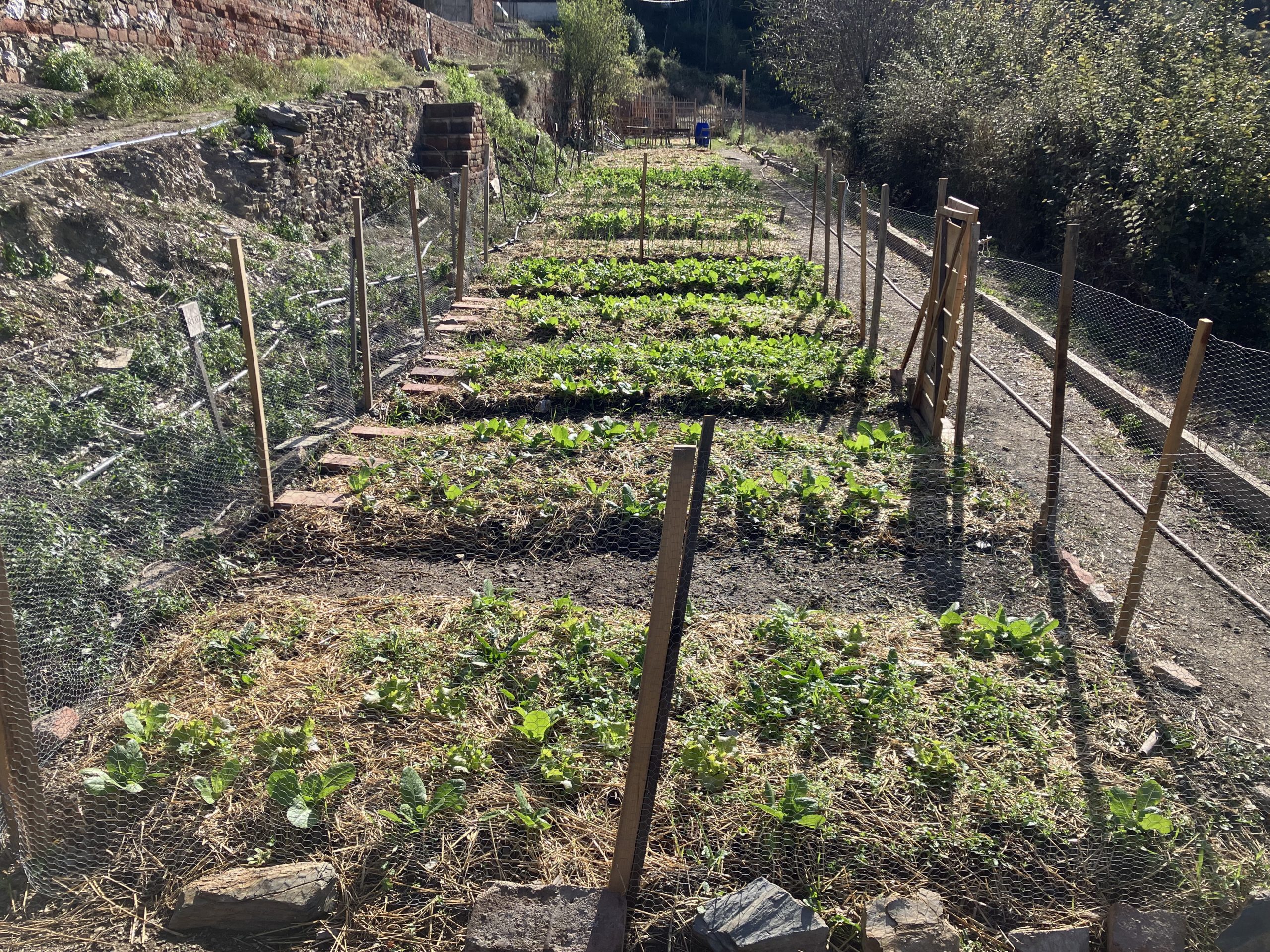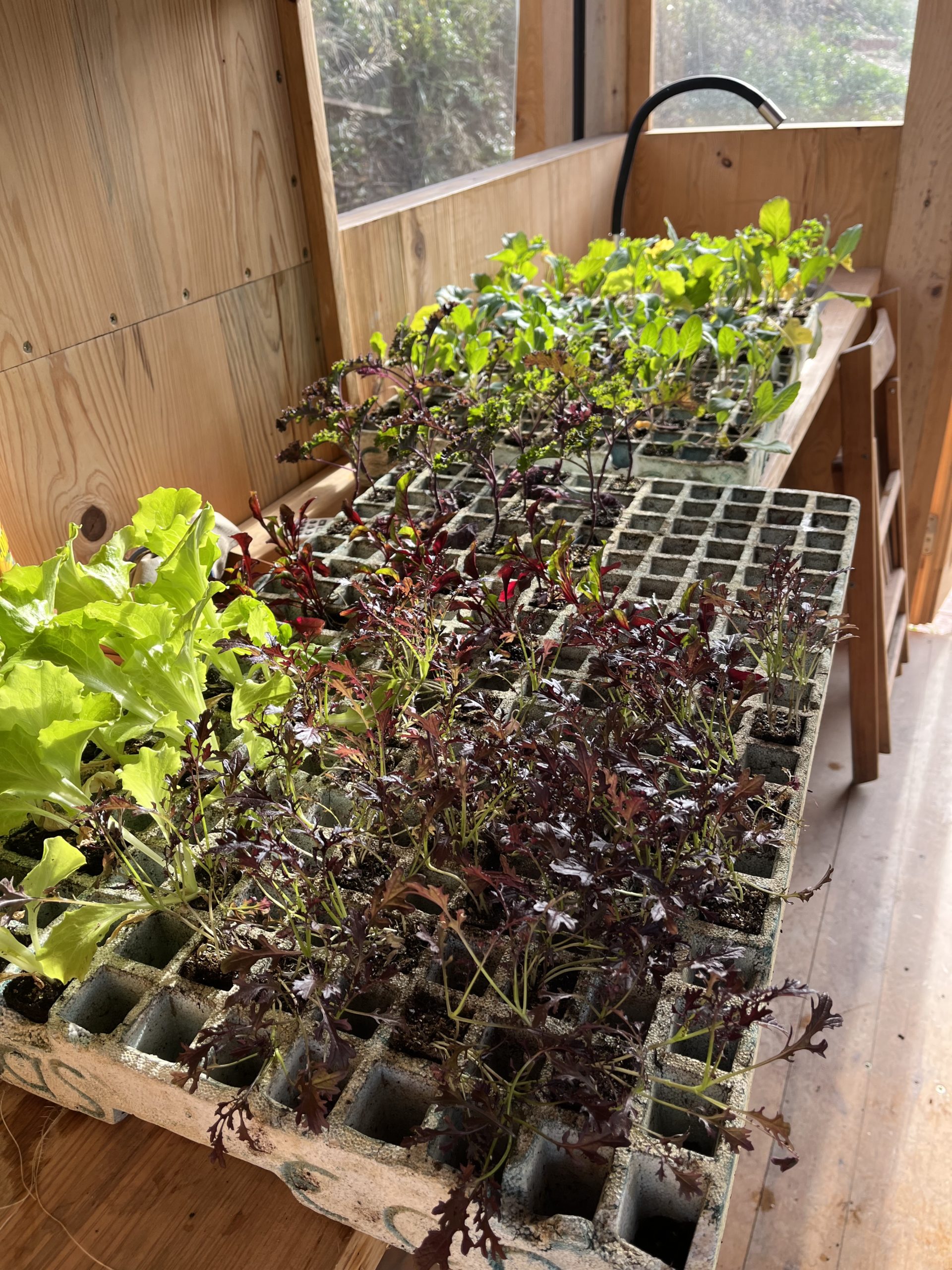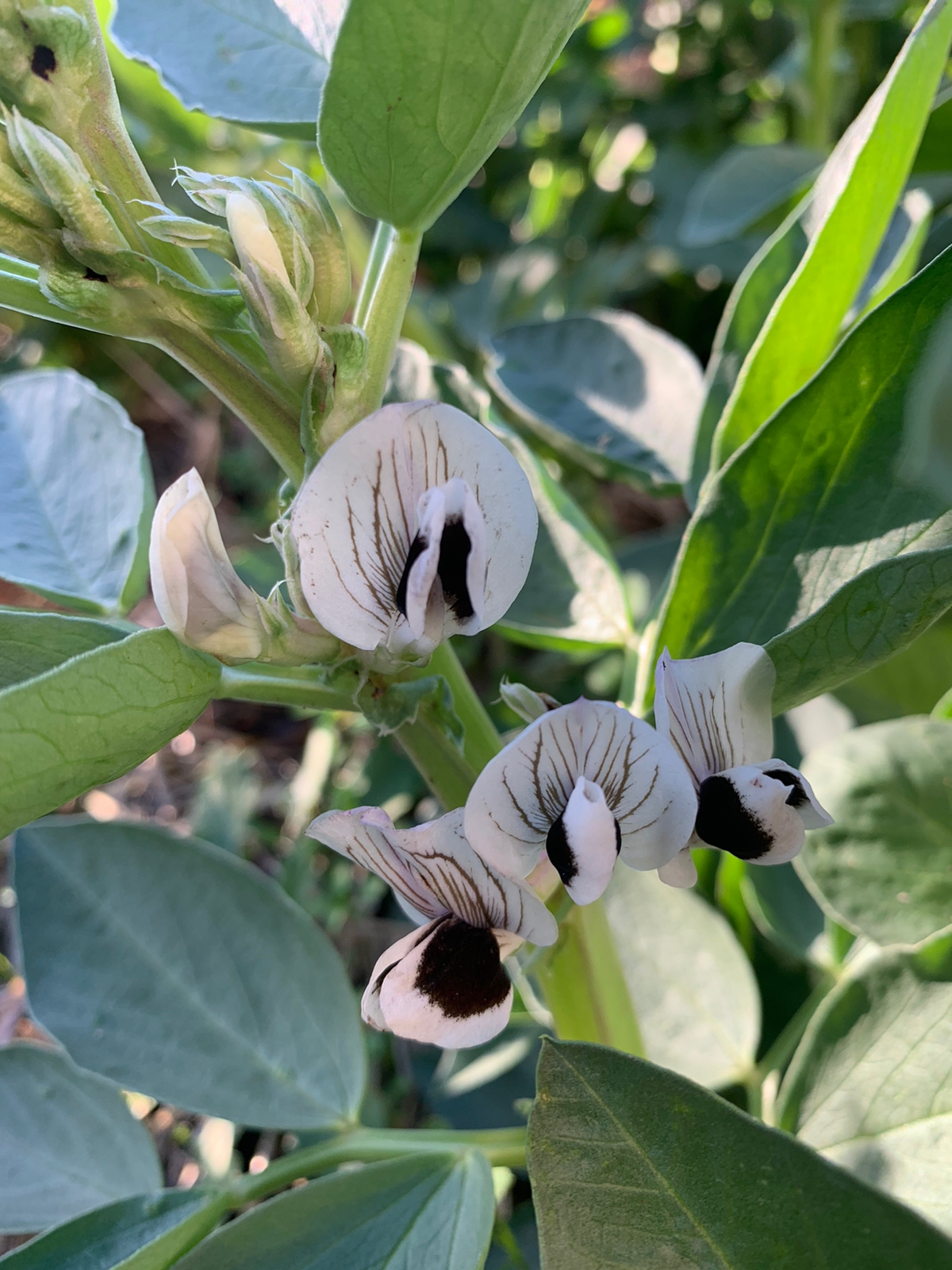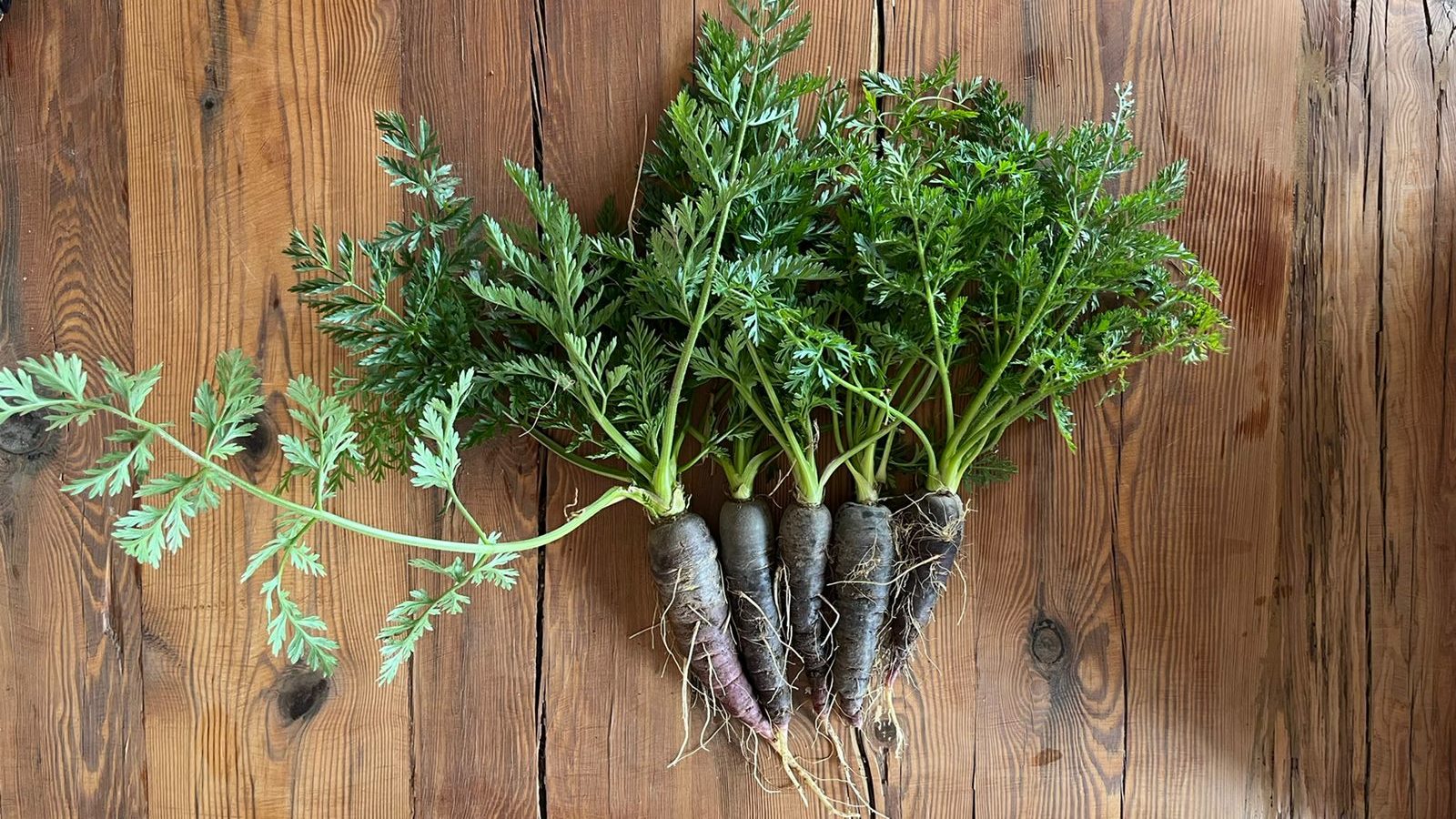
Valldaura Labs is fundamentally entwined with the local forest ecosystem. Despite appearances, the forest that surrounds the estate appears is not a wild environment, but the result of complex social, economic, technological and ecological interactions. The agricultural history of this land reveals how nature was embraced, enlisted and engineered to provide crops. Modern methods of agriculture and resource production actively seek to separate humanity from the restof the planet. The expanding urban environment is a culmination of this mindset, creating the illusion that civilization exists apart from nature, and is completely manufactured. In fact all cities are fundamentally empowered by the natural systems within which humanity is equally enmeshed. In this globalized era, there are no externalities. We cannot best nor ignore the very natural world that sustains us. Rather we
must strive toward an intentionally unified environment, in mutual symbiosis with the techno and ecospheres.
Compared to our predecessors, most people today have far less routine engagement with the complex web of plants, soils and species we rely on to provide ecosystem services. We can therefore learn by studying the impacts and effects of past agricultural periods and adopting and adapting strategies to farm the land ourselves. This course demonstrates various means and methods used at Valldaura Labs to prepare garden soils,
germinate seeds, make healthy compost, maintain irrigation, and secure the garden perimeter from unwelcome guests (e.g., javali, rabbits, etc.). By taking part in the evolution of this garden system, students will cultivate a reciprocal, rewarding relationship with the Valldaura landscape. The majority of the work will take place physically in the garden, learning by maintaining the beds and greenhouse and managing the infrastructural needs to foster cycles of seeding and harvesting. Additionally, students will plan and manage the rotation of crop species in accordance with the nutrient fluxes of the soil, document developments and quantify all produce. This data, along with written and photographic records, will be organized into an almanac ensuring that the lessons learned can be built upon by posterity.

Learning Objectives
– Identify distinctive species, their respective roles in the local ecosystem and potential uses.
– Develop a meaningful connection to the garden through the routine observation of and interaction with entire planting cycles, from germinating through seeding, cultivating, harvesting processing and consuming locally produced vegetables, herbs, fruits and nuts.
– Use the harvest from the garden to cook nutritious and delicious meals as a means of sustenance and for sharing the diverse culinary cultures within the Valldaura community.
– Preserve the harvest through pickling and other techniques.
– Gain an understanding of how to create, operate and maintain the basic infrastructures that support the garden: namely, irrigation and its electrical power systems, nutrient-rich soils and compost, trellises and fencing.
– Quantify and document all outcomes to analyze the garden metabolisms.
– Propose new ways of planting to optimize performance and minimize maintenance by leveraging biodiversity, passive production and permaculture guilds.








